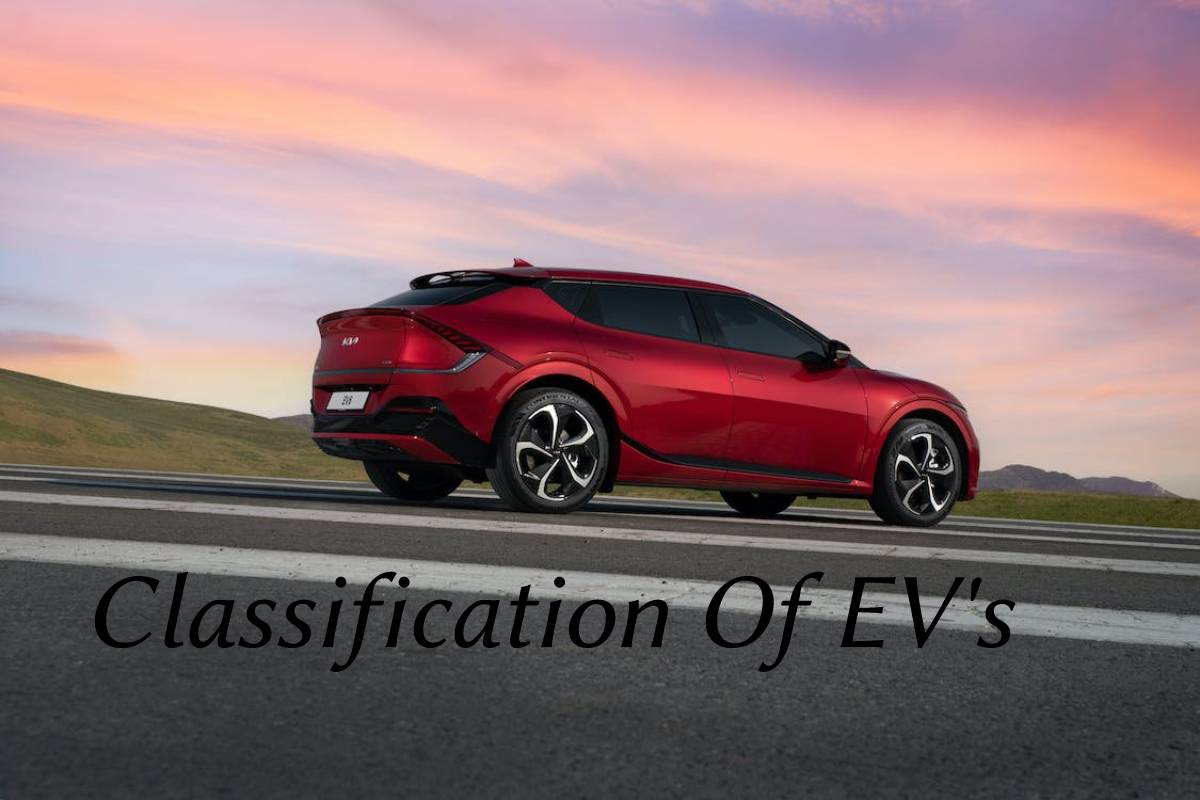
Electric vehicles are four distinct in four types
Battery Electric Vehicle (BEV):
Entirely electrically powered.
These are more fuel-efficient than hybrid and plug-in hybrid vehicles.
Electric-Hybrid Vehicle:
HEV: Hybrid Electric Vehicle The vehicle is powered by both an internal combustion (often gasoline) engine and a battery-powered electric motor.
When the battery is depleted, the gasoline engine is used to both drive and charge the vehicle.
These automobiles are less efficient than fully electric or plug-in hybrid automobiles.
Plug-in Hybrid Electric Vehicle (PHEV): Utilizes both an internal combustion engine and an externally charged battery (they have a plug).
This implies the battery can be charged with electricity instead of the engine.
PH EVs are more energy-efficient than HEVs, but less so than BEVs.
Fuel Cell Electric Vehicle (FCEV): Chemical energy is converted into electricity. For instance, a fuel cell FCEV.
Electric vehicles describes the system architecture are distinct in four following types:
Battery Electric Automobiles (BEVs)
- BEVs are often referred to as All-Electric Vehicles (AEV).
- BEV-powered EV’s operate solely on a battery-powered electric drivetrain.
- The energy utilized to power the vehicle is stored in a huge battery pack that can be recharged by plugging the car into the power grid.
- The charged battery pack then gives power to the EV’s electric motors.
- Principal Elements of BEV:
- Drive train, Electric motor, Inverter, Battery, Control Module
HEV: Hybrid Electric Vehicle
- HEVs are also called as parallel or series hybrids.
- HEVs have both an internal combustion engine and an electric motor.
- The engine is powered by fuel, while the motor is powered by batteries.
- The transmission is concurrently spun by the engine and the electric motor.
- Principal Elements of HEV:
- Motor, Electrical motor, a battery pack with a controller and an inverter Fuel tank, Control module
PHEV: Plug-in Hybrid Electric Vehicles
- PHEVs are also referred to as series hybrids.
- They have both a motor and an engine.
- You may pick between conventional fuel (such as gasoline) and alternative fuel (such as bio-diesel).
- It is also capable of operating on a rechargeable battery pack.
- The battery can be externally charged.
- Principal Components of a PHEV
- Engine, Inverter, Battery, Fuel tank, Control module, and Battery Charger.
Fuel Cell Electric Vehicles (FCEV):
- FCEVs are sometimes referred to as Zero-Emission Vehicles.
- They use “fuel cell technology” to create the electricity necessary for the vehicle’s operation.
- The fuel’s chemical energy is instantly transformed to electricity.
- Main FCEV Components:
- Electric motor, Fuel-cell stack, Hydrogen storage tank, battery with controller
- FCEV Working Principles:
- The FCEV creates the electricity necessary to power the car onboard.


